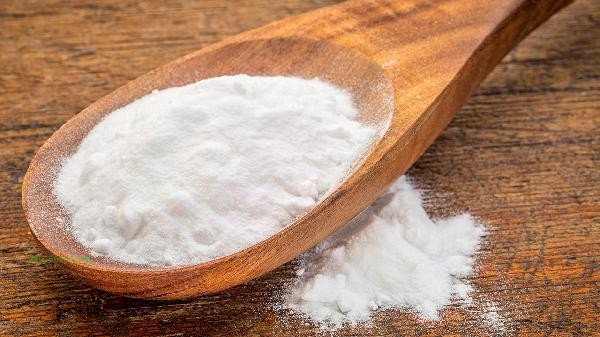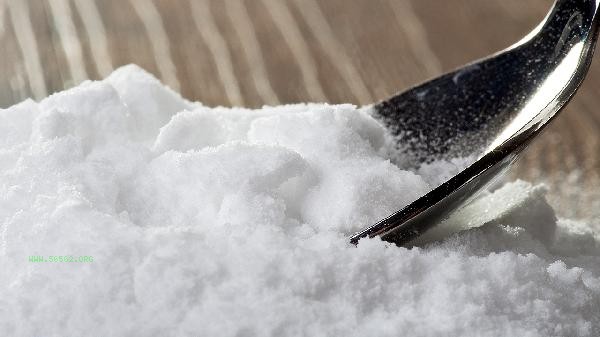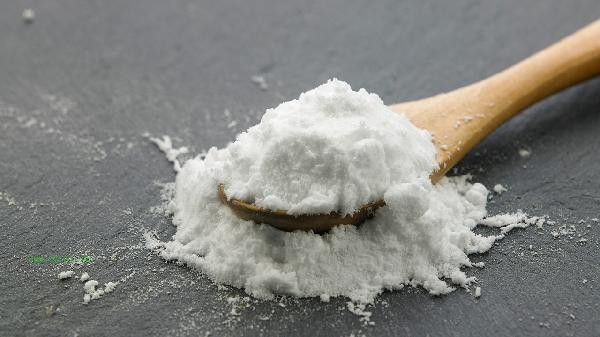Chives mixed with baking soda can usually maintain a emerald green color, but the amount and soaking time need to be controlled. The weak alkalinity of baking soda can neutralize the acidic environment of chlorophyll and delay discoloration, but excessive or prolonged soaking may cause softening of the texture or loss of nutrients. Baking soda dissolves in water to form a weak alkaline solution, which can neutralize the organic acids released during chive cutting and reduce chlorophyll degradation. Short term soaking can maintain a bright color while preserving a crispy and tender texture. It is recommended to add 1 gram of baking soda to every 500 milliliters of water, soak for no more than 3 minutes, and rinse with water after soaking. This method is suitable for cooking methods that require quick stir frying over high heat, such as stir frying eggs with chives or cold mixing chives. If the concentration of baking soda is too high or soaked for more than 5 minutes, the cell wall of chives will be damaged and soft rot will occur. When cooked at high temperatures for a long time, the alkaline environment actually accelerates the loss of vitamin C and sulfur compounds. In special circumstances, such as for individuals with gastrointestinal sensitivity, consuming alkali treated vegetables may cause discomfort and should be carefully selected. For food such as Fried Chinese leek dumplings that need to be stewed for a long time, it is recommended to use brine immersion or direct fresh cooking.

When handling chives in daily life, priority can be given to using methods such as refrigeration preservation and rapid rinsing to maintain freshness. If you pursue beautiful color, you can try soaking in baking soda solution for a short time, but pay attention to the combination of ingredients. Leeks are rich in dietary fiber and sulfides, and when eaten with colorful peppers rich in vitamin C or tofu rich in high-quality protein, they can enhance nutritional value and balance taste. Avoid using copper utensils during the cooking process to prevent metal ions from accelerating chlorophyll oxidation.










Comments (0)
Leave a Comment
No comments yet
Be the first to share your thoughts!